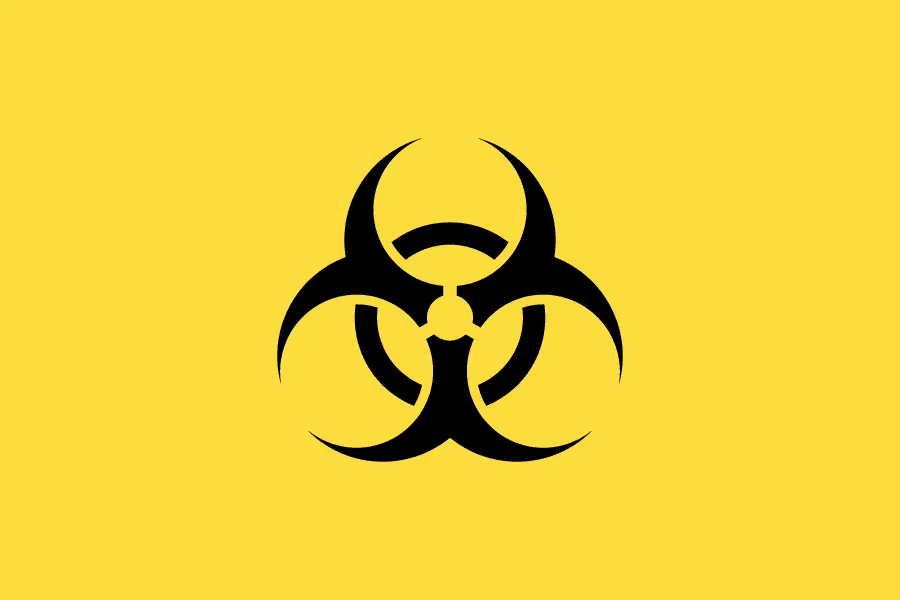Monitoring Arms Control Compliance With Web Intelligence
Can we find insights for defense against chemical and biological weapon threats by analyzing livestock disease outbreaks and public health crises? Research by Maynard Holliday of Sandia National Labs points the way forward.
Joint research by Sandia National Laboratories and Recorded Future on web intelligence for arms control compliance was recently published in Science & Diplomacy. The journal is published by the American Association for the Advancement of Science (AAAS) and showcases work at the intersection of diplomatic policy and applied research.
The article discusses real-time biosurveillance leveraging Recorded Future’s temporal analytics platform as a parallel for monitoring the web for indications of chemical weapons use. Through analysis of disease outbreaks and health crises, researchers gain understanding of the patterns – and anomalies – in public reporting about health crises. Clandestine development of chemical or biological weapons can cause mysterious sickness in people and animals, and public sources will report about these events with similar patterns. These insights and monitoring capabilities are a valuable new “indicators and warnings” capability for counter-proliferation experts.
The study analyzed disease reporting in open source data streams on the H7N9 bird flu outbreak in China, the Shanghai pig die-off, and the fungal meningitis outbreak in the United States last year. These events and the public reporting on each served as analogs to treaty noncompliance, technical breakout, or an intentional chemical weapons attack.
Go here on Science & Diplomacy to read the complete article.
Related
